Louis Vuitton (LV) opened the "Louis Vuitton House" in Seoul at Cheongdam-dong, Gangnam-gu, Seoul, which is not news, but it is still worthy of our in-depth analysis.
As a veteran of creative ideas, LV decoration stores are definitely not a simple upgrade. Don't forget, the LV London Bond Street flagship store that has just been renovated and upgraded has been burned on social media for a while. Now that an upgrade can be so eye-catching, it is conceivable that it takes a lot of thought to open the first flagship store in South Korea in Gangnam District, a well-known wealthy area in Seoul.
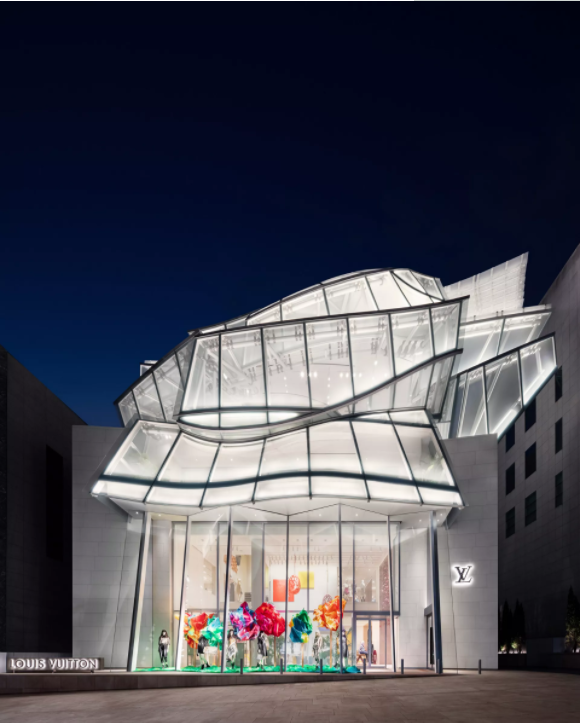
Sure enough, this transformation favored Frank Gehry and Peter Marino. As an old friend of LV, Gehry has carefully created one-uh, the mini version of the Fondation Louis Vuitton? !!
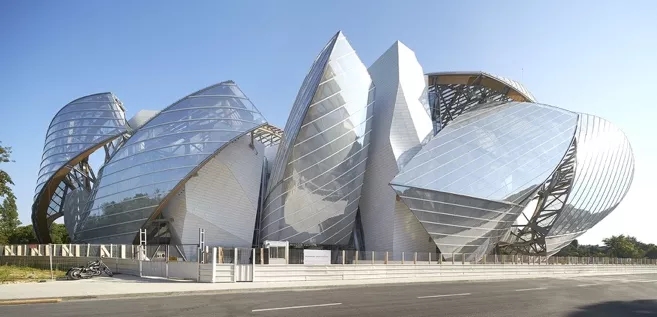
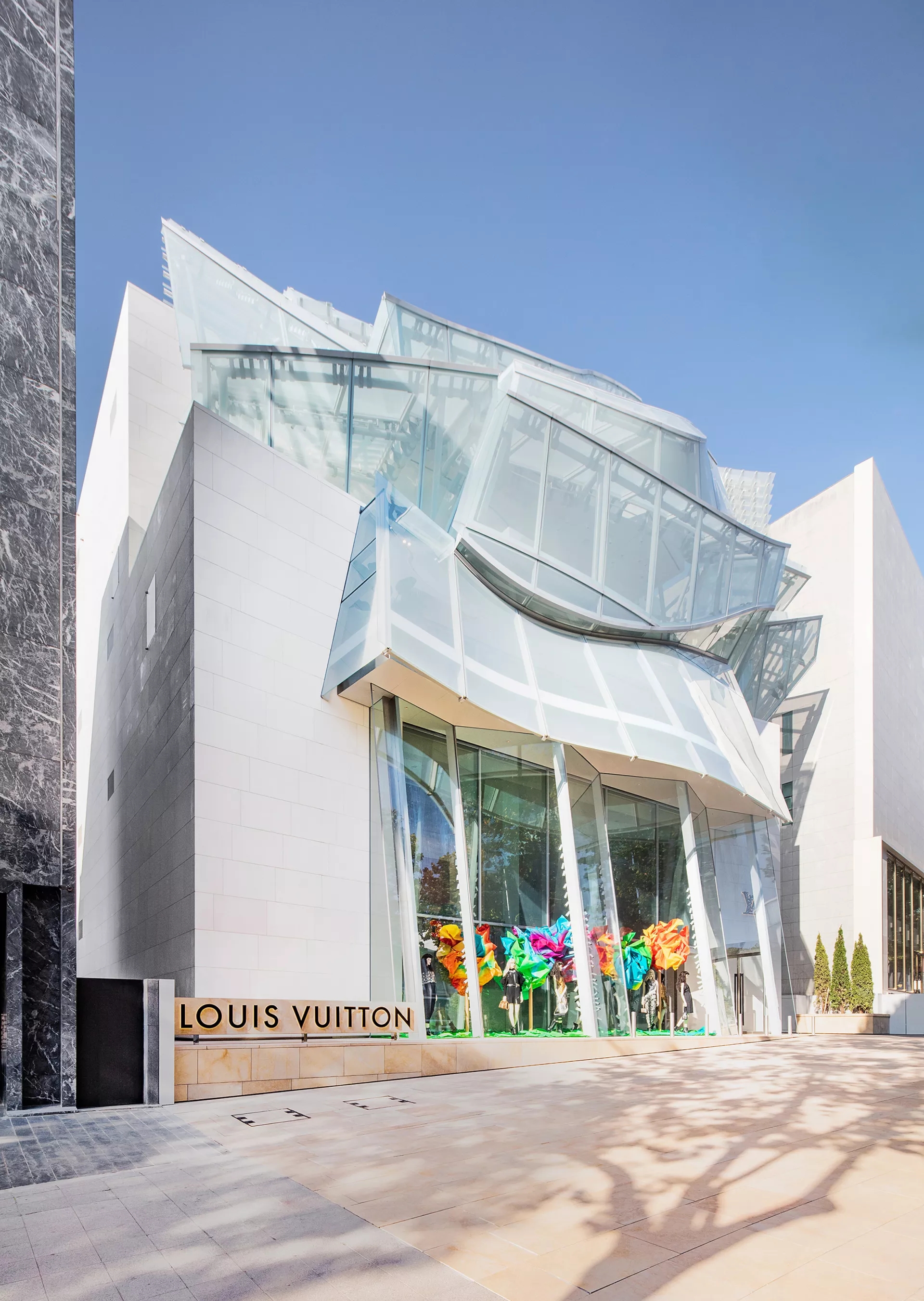
Although in later interviews, Gehry indicated that the design of the "Louis Vuitton House" in Seoul was inspired by the 18th century Suwon Hwaseong Fortress, Korean traditional Dongnae Hakchum, and white clothes. But I have to admit that the personal style of the master played a major role in this project.
As a master of deconstructionism, Gehry established his style by designing buildings with a sculptural appearance of strange irregular curved shapes. The iconic curved glass makes the whole building feel like dancing, which may be the embodiment of Donglai Crane Dance in the building!

The master of interior decoration, Marino, uses the interior design of Ludwig Mies Van der Rohe to echo the Baroque exterior of Gehry with a functional Bauhaus style. The main vision, mainly wood, stone and light color, is dotted with suction light strips and necessary spotlights, giving people a simple impression of the interior space planning. Space division is carried out by carpets of different colors, eliminating redundant visual guidance. It is still the Campana Brothers' colorful chair hanging in the air, which makes people feel like they are in the hanging garden of Babylon.
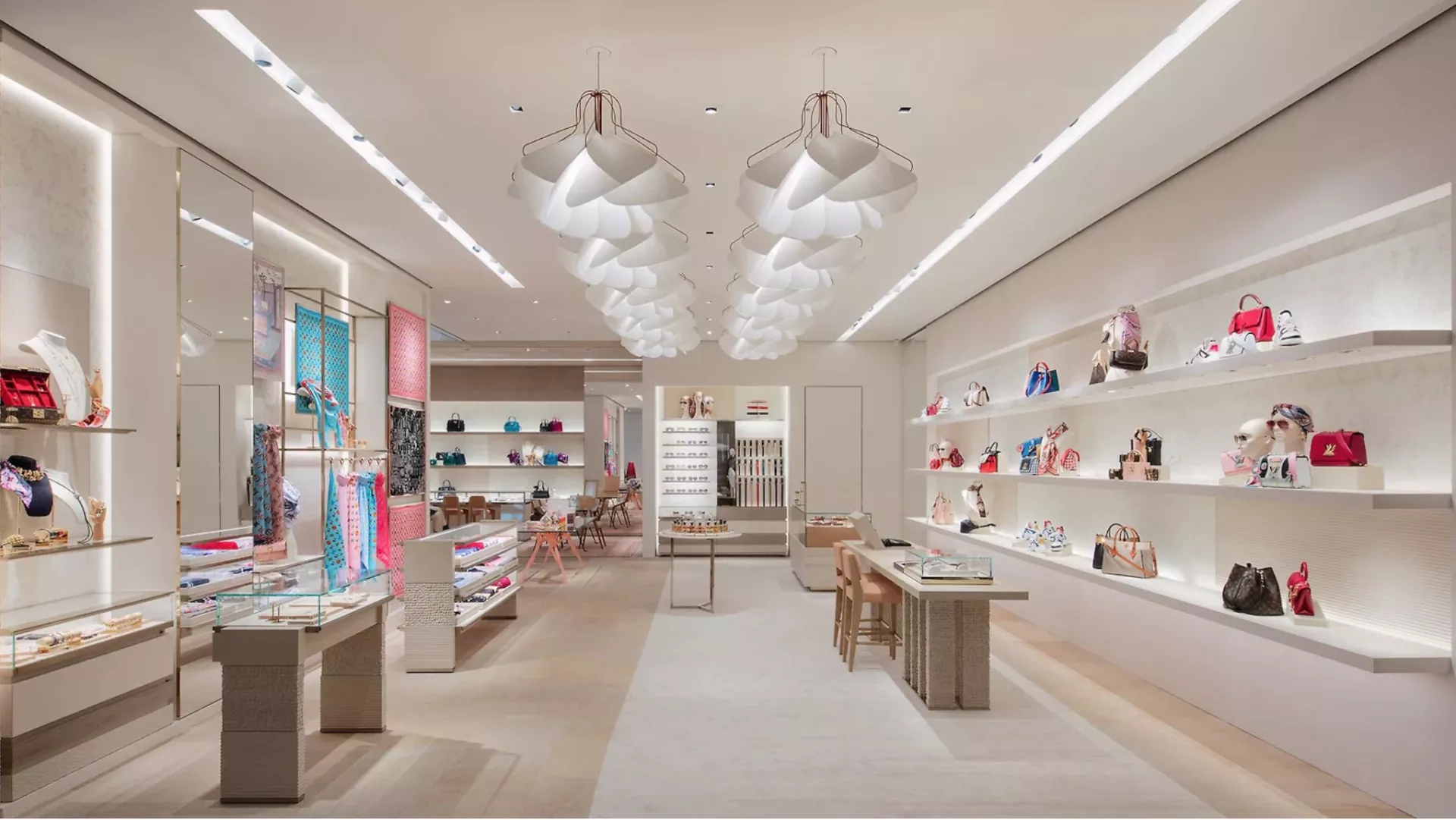
The goods are scattered in the shop, and the shelves can never be full. How can a luxury store give you the impression that you have ample supply. What is luxury-waste is. The overall style of the interior decoration is still in line with the modern style of LV in recent years, and the works of some famous modern and contemporary artists are inserted into the "large blank" space. Not surprisingly, after all, it is the "House of Louis Vuitton", of course, not only selling goods. LV, which has long supported art, especially modern and contemporary art, of course, must also hold a place in modern and contemporary art. The opening exhibition even included the sculpture of Alberto Giacometti.
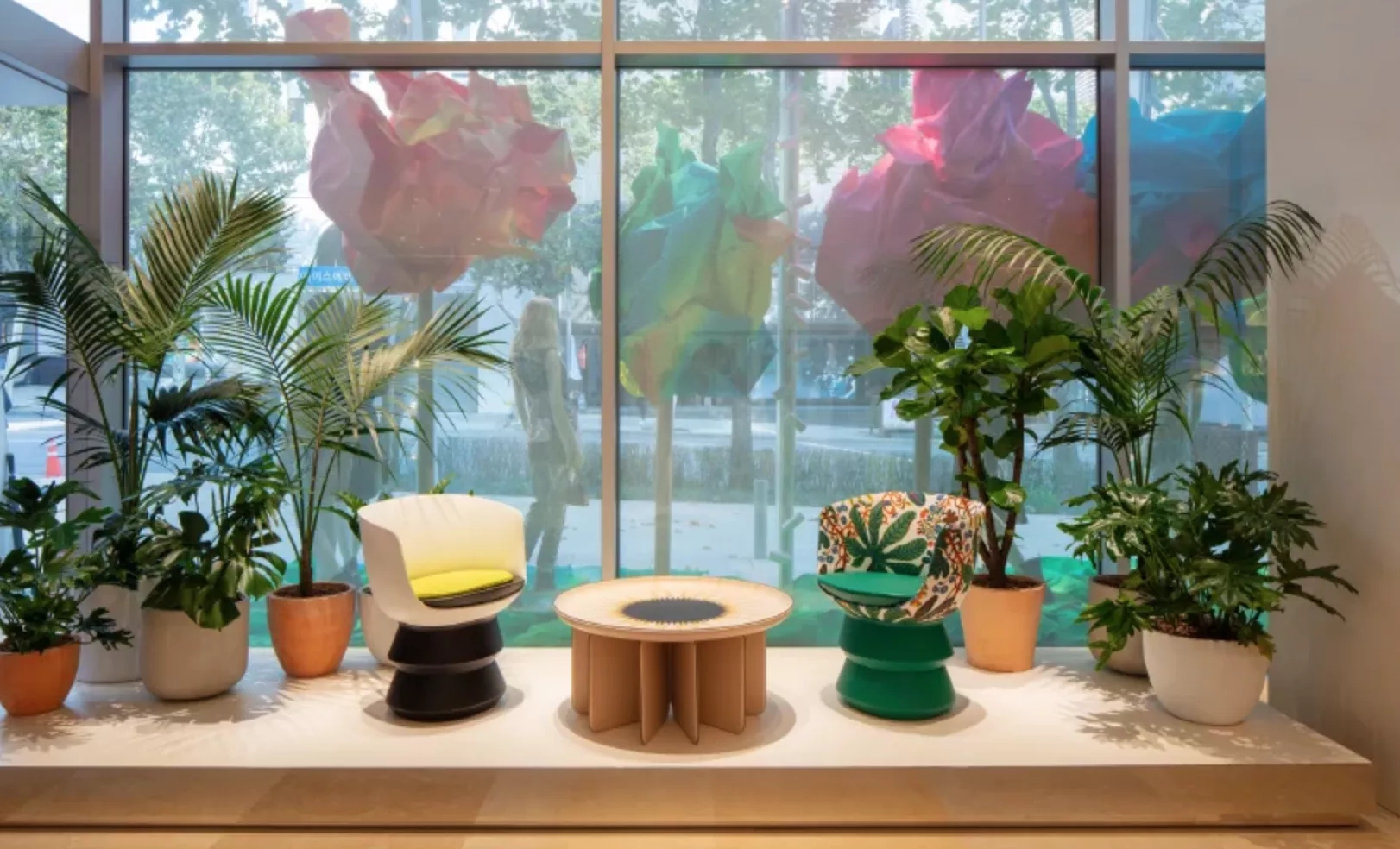
Since it is home, privacy is also relatively important. Equipped with a small private salon and private space, brand VIPs can host their own private events here.
In recent years, the union between the retail industry and the art world has become increasingly mainstream. Modern and contemporary art is by no means a store's embellishment. Instead, it has a demand for "evening the autumn", which surprises customers to find out whether it is a gallery or a boutique. Behind this trend is the savvy abacus of the brand side, after all, not all goods are sold now, but lifestyle. In the face of the crazy Asian rich, what is Giacometti? As long as the money is in place, I am afraid that "Mona Lisa" wants to invite for two days.





























 沪公网安备31010402003309号
沪公网安备31010402003309号